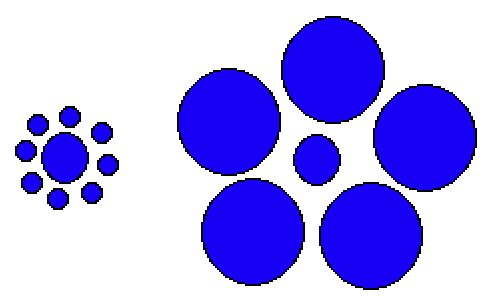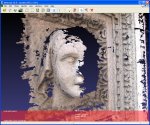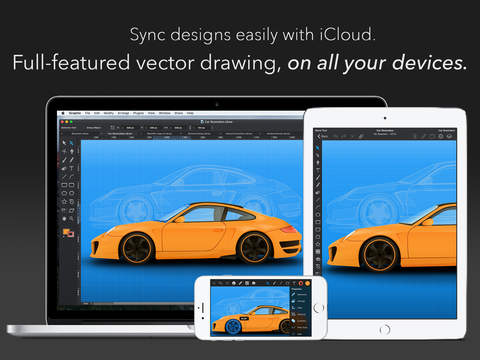RANDOM POSTs
-
Big tech snags Hollywood talent to pursue enhanced reality
Read more: Big tech snags Hollywood talent to pursue enhanced realityhttps://www.cultofmac.com/726927/apple-among-the-tech-giants-snapping-up-vfx-experts-to-work-on-ar/
Silicon Valley’s biggest companies are snapping up the people and technology behind some of Hollywood’s blockbusters in an effort to improve their augmented- and virtual-reality offerings.
“It’s harder to make as much money working in visual effects,” said Paul Debevec, a veteran of the visual-effects industry who is now a professor at the University of Southern California. About 4½ years ago Google hired Mr. Debevec, an award-winning pioneer in the creation of convincing digital humans, to help the company advance extended reality.
Working in visual effects in film and TV can mean long, unpredictable hours, limited compensation, poor job security and paltry benefits—many call it the “cool tax” one pays for the pleasure of working in Hollywood.
-
RICOH THETA Z1 51GB camera – 360° images in RAW format
Read more: RICOH THETA Z1 51GB camera – 360° images in RAW formathttps://theta360.com/en/about/theta/z1.html
- 23MP(6720 x 3360, 7K)
- superior noise reduction performance
- F2.1, F3.5 and F5.6
- 4K videos (3840 x 1920, 29.97fps)
- RAW (DNG) image format
- 360° live streaming in 4K
- record sound from 4 different directions when shooting video
- editing of 360° images in Adobe Photoshop Lightroom Classic CC
- Android™ base system for the OS. Use plug-ins to customize your own THETA.
- Wireless 2.4 GHz: 1 to 11ch or 1 to 13ch
- Wireless 5 GHz: W52 (36 to 48ch, channel bandwidth 20/40/80 MHz supported)
Theta Z1 is Ricoh’s flagship 360 camera that features 1-inch sensors, which are the largest available for dual lens 360 cameras. It has been a highly regarded camera among 360 photographers because of its excellent image quality, color accuracy, and its ability to shoot Raw DNG photos with exceptional exposure latitude.
Bracketing mode 2022
Rquirement: Basic app iOS ver.2.20.0, Android ver.2.5.0, Camera firmware ver.2.10.3
https://community.theta360.guide/t/new-feature-ae-bracket-added-in-the-shooting-mode-z1-only/8247
HDRi for VFX
https://community.theta360.guide/t/create-high-quality-hdri-for-vfx-using-ricoh-theta-z1/4789/4
ND filtering
https://community.theta360.guide/t/neutral-density-solution-for-most-theta-cameras/7331
https://community.theta360.guide/t/long-exposure-nd-filter-for-ricoh-theta/1100
-
MeshLab – processing and editing of unstructured 3D triangular meshes – photogrammetry
Read more: MeshLab – processing and editing of unstructured 3D triangular meshes – photogrammetryhttp://meshlab.sourceforge.net/
https://en.wikipedia.org/wiki/MeshLab
The system is aimed to help the processing of the typical not-so-small unstructured models arising in 3D scanning, providing a set of tools for editing, cleaning, healing, inspecting, rendering and converting this kind of meshes.
COLLECTIONS
| Featured AI
| Design And Composition
| Explore posts
POPULAR SEARCHES
unreal | pipeline | virtual production | free | learn | photoshop | 360 | macro | google | nvidia | resolution | open source | hdri | real-time | photography basics | nuke
FEATURED POSTS
Social Links
DISCLAIMER – Links and images on this website may be protected by the respective owners’ copyright. All data submitted by users through this site shall be treated as freely available to share.







